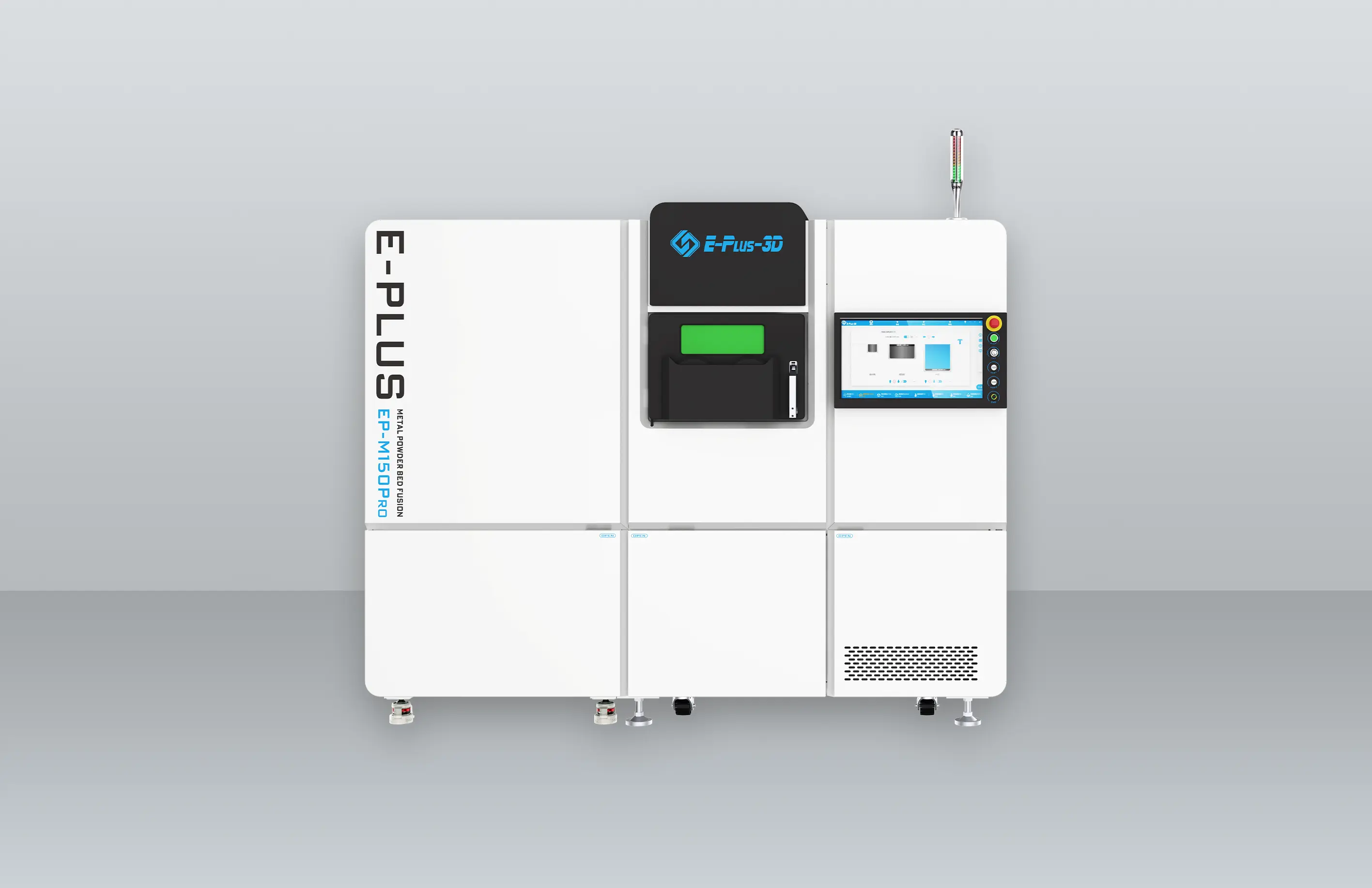Before delving into the design of AM use cases, it is important to understand the factors that drive AM design decisions.
When designing a product (absolutely before building any parts), you should evaluate design decisions from at least from three perspectives:
1. Business (Economics)
2. Parts (design and materials)
3. Process (construction plan and post-processing)
This will produce significantly better results than just focusing on product design.
BUSINESS PLAN
The high-level question related to business planning is: "What are the value propositions for using AM?" Here are some considerations related to business planning: Reduce inventory, improve performance, increase component quality, diminish design iterations, reduce consumable complexity, reduce manufacturing lead times, print on demand, reduce weight and improve material utilization.
PART DESIGN
The main question when considering designing a part is how to maximize AM's design freedom. Specifically, function display, machining tolerance specification, mating interface evaluation, sufficient STL resolution confirmation, reference point and reference point addition, ID stress increase or stress concentration evaluation, model accuracy verification, and engage in the following activities: Proceed with structural analysis.
If part design and business planning overlap, focus on grid structures, topology optimization, part merging, functional prototyping, and custom geometry.
PROCESS PLAN
The high-level question related to the process plan is, "Have you considered the process limitations of AM generally and powder bed fusion specifically?" When reviewing the process plan, your specific activities include: choose AM process (although for purposes of this course, powder bed fusion is the process under consideration), determine suitability of AM, build orientation, build layout, process parameter setting, build offsets, determine orientation regarding the recoater, and select powder feedstock selection which includes choice of metal, reuse status, practice size/ distribution and particle supplier.
The post-processing needs occupy the space where the process plan and business plan overlap: powder removal, removal of support structures, stress relief, heat treatment/ hot isostatic pressing, machining, surface finishing, assembly (as needed), inspection, testing, and supplier consolidation.
Where the part design and process intersect, you consider overhanging features, support structures, thin walls, thick sections, holes and channels, surface roughness, trapped powder, and internal cavities.
Finally, you will make a decision which is made at the overlap of the business plan, process plan, and part design will drive the time, cost, and quality of AM metal 3D printing.


























